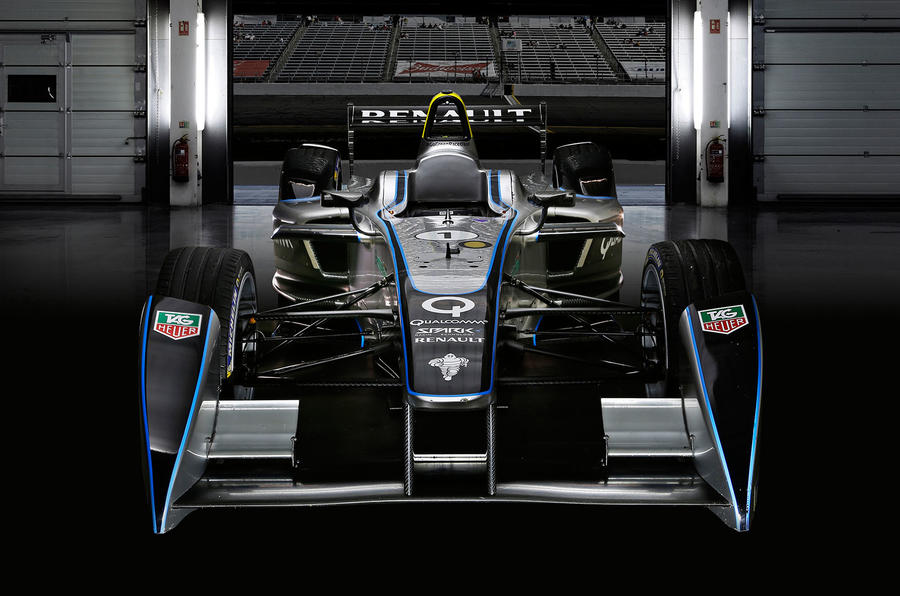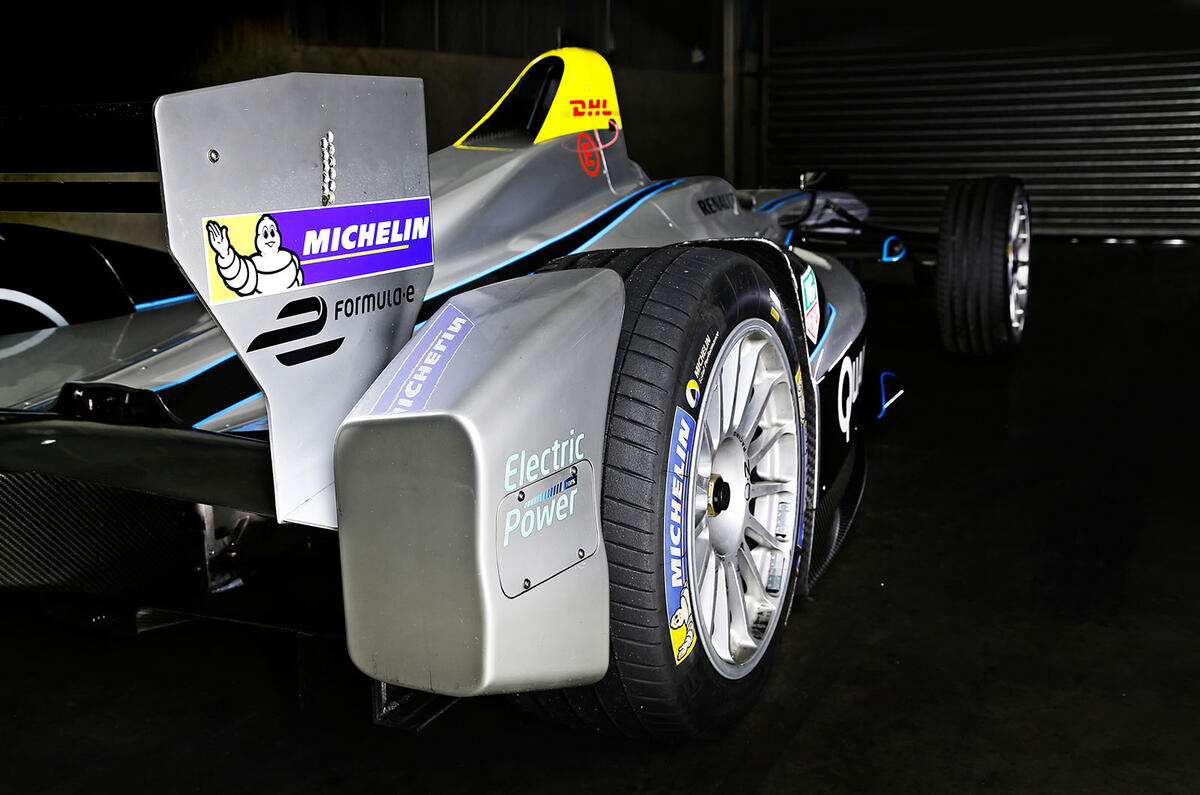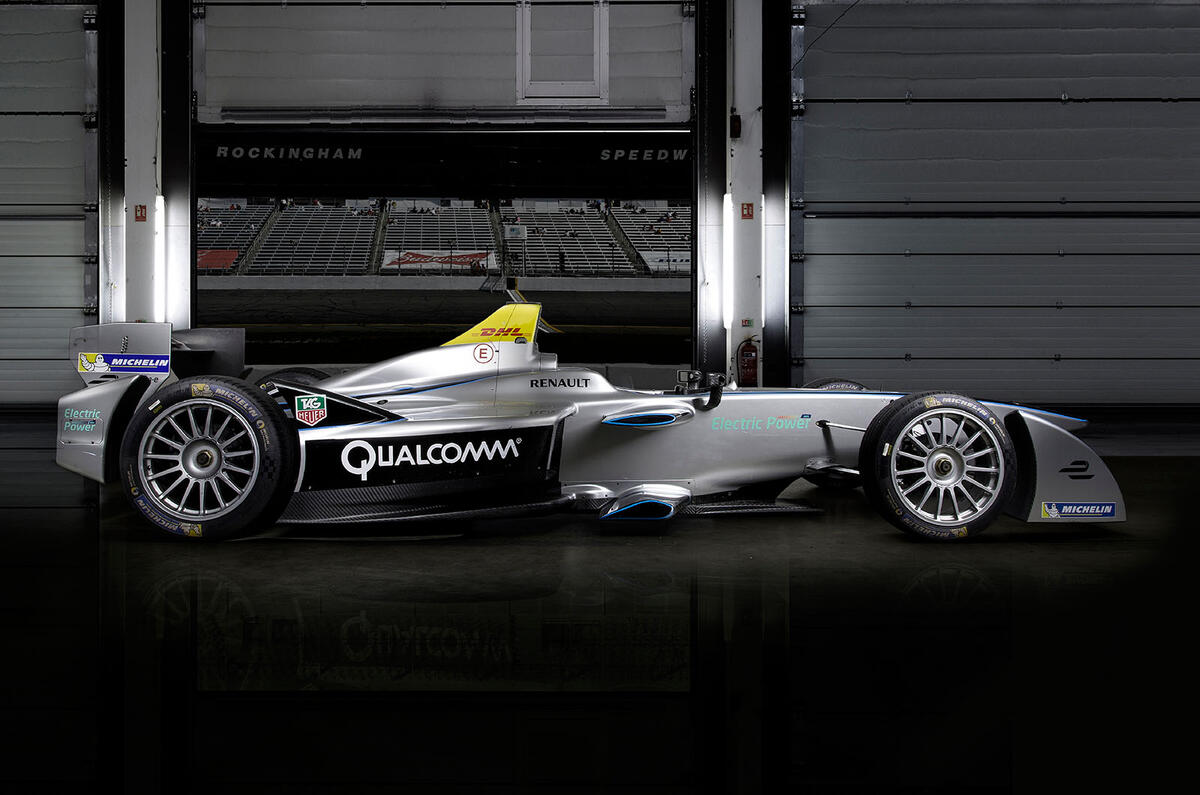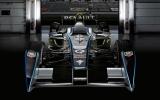The impact of Formula E, the new electric car racing series that begins on the streets of Beijing this Saturday, probably won’t be appreciated for years to come.
If in the future we get to enjoy, say, a 400-mile range from electric road cars, or get to marvel at the sustained performance of battery-powered supercars, we might then reflect on how electric motor racing has contributed to the advancement of EV technology.
The brains behind this series want Formula E to do for EVs what rallying did for four-wheel drive systems: provide a high-speed test bed for the technology that can then trickle down into road cars.
Racing, the saying goes, improves the breed, and the Formula E breed is a 20-strong grid of open-wheeled, rear-wheel-drive single-seaters powered by electric motors producing the equivalent of 270bhp.
But although Formula E is doing things very differently, it is relying on some long-established motorsport companies to ensure that it starts on the right footing.
The chassis, constructed by Spark Racing Technologies in conjunction with Dallara, uses technology from McLaren (which supplies the e-motor), Hewland (a five-speed paddle-shift sequential gearbox) and Williams (the rechargeable energy storage system).
Michelin has created a bespoke 18-inch treaded tyre based on road car rubber. Renault, meanwhile, oversees the integration of these systems in its role as the championship’s technical partner.
Formula E has attracted some major backers and entrants, such as DHL, Virgin, Mahindra and Audi. It has even pulled in A-list celebrities; actor Leonardo DiCaprio is a founder of one team, Venturi.
The driver line-up is high profile, too, with former F1 drivers Bruno Senna, Jaime Alguersuari, Nick Heidfeld, Nelson Piquet Jr and Jarno Trulli all on the grid.
Among the British competitors is Sam Bird, who has secured a drive at Virgin Racing alongside Alguersuari. Bird has raced in most of the single-seater championships below F1 and has tested top-flight cars for Mercedes, as well as being shortlisted for the McLaren Autosport BRDC Young Driver of the Year Award.
Formula E's pre-season testing has given him a fair idea of what to expect, but he nevertheless admits that Saturday’s inaugural race will be a step into the unknown.
“Everybody has become quite good at race runs around Donington Park, where we’ve done all our testing,” says the 27-year-old. “We have an idea of the circuit layout in Beijing, but until we get there, we don’t know about the roughness of the surface, how wide the track is, or whether we’ll have kerbs, barriers or both.”
























Add your comment
Looks interesting.
Not commonplace?
Formula E looks interesting, but posting the article more than 24 hours before the broadcast would have been nice.
That car is a bit tatty.
Probably better on TV than in the stands